Related Research Articles
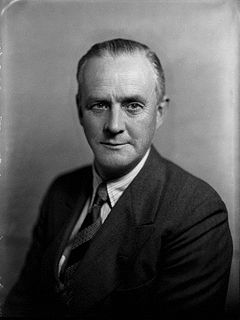
Edward Clement Davies was a Welsh politician and leader of the Liberal Party from 1945 to 1956.
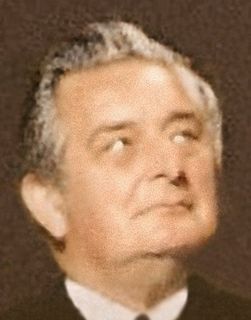
Geraint Wyn Howells, Baron Geraint was a leading Welsh Liberal Democrat politician. Howells was born in Ponterwyd in Cardiganshire. He was the son of David John and Mary Blodwen Howells, both farmers.

Lady Megan Arvon Lloyd George, was a Welsh politician and the first female Member of Parliament (MP) for a Welsh constituency. She also served as Deputy Leader of the Liberal Party, before later becoming a Labour MP. In 2016, she was named as one of "the 50 greatest Welsh men and women of all time".

Cledwyn Hughes, Baron Cledwyn of Penrhos, was a Welsh Labour Party politician, usually associated with the moderate wing of the party. He was also regarded, particularly in later years, as a non-political figure of stature in Wales having held posts of importance in bodies such as the University of Wales.
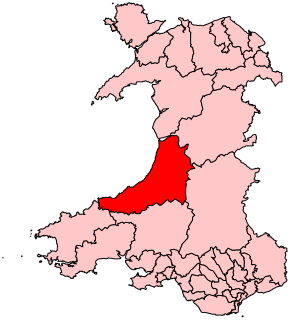
Ceredigion is a parliamentary constituency represented in the House of Commons of the UK Parliament. Created in 1536, the franchise expanded in the late 19th century and on the enfranchisement of women. Its boundaries remained virtually unchanged until 1983. From 1536 until 1885 the area had two seats : a county constituency (Cardiganshire) comprising the rural areas, the other the borough constituency known as the Cardigan District of Boroughs comprising a few separate towns; in 1885 the latter was abolished, its towns and electors incorporated into the former, reduced to one MP. The towns which comprised the Boroughs varied slightly over this long period, but primarily consisted of Cardigan, Aberystwyth, Lampeter and Adpar, the latter now a suburb of Newcastle Emlyn across the Teifi, in Carmarthenshire.

Hugh Emlyn Hooson, Baron Hooson, was a Welsh Liberal and then Liberal Democrat politician. He was the Member of Parliament (MP) for Montgomeryshire from 1962 until 1979.
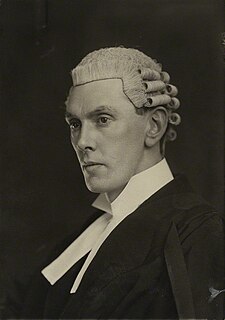
Sir Rhys Hopkin Morris was a Welsh Liberal politician who was a Member of Parliament from 1923–1932 and from 1945–1956.
This article is about the particular significance of the year 1966 to Wales and its people.
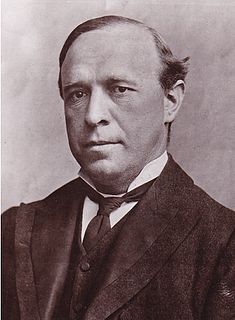
William Llewelyn Williams known as Llewelyn Williams, was a Welsh journalist, lawyer and radical Liberal Party politician.
This article is about the particular significance of the year 1925 to Wales and its people.
This article is about the particular significance of the year 1880 to Wales and its people.
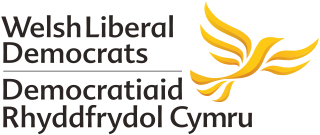
The Welsh Liberal Democrats are a branch of the United Kingdom Liberal Democrats that operates in Wales. The party is led by Jane Dodds, who served as MP for Brecon and Radnorshire from August to December 2019, and MS for Mid and West Wales since May 2021. The party currently has 1 elected member in the Senedd and no Welsh seats in the UK House of Commons, but does have several members of the House of Lords. The party has around 63 local councilors serving in principal authorities.

Plaid Cymru; The Party of Wales originated in 1925 after a meeting held at that year's National Eisteddfod in Pwllheli, Caernarfonshire. Representatives from two Welsh nationalist groups founded the previous year, Byddin Ymreolwyr Cymru and Y Mudiad Cymreig, agreed to meet and discuss the need for a "Welsh party". The party was founded as Plaid Genedlaethol Cymru, the National Party of Wales, and attracted members from the left, right and centre of the political spectrum, including both monarchists and republicans. Its principal aims include the promotion of the Welsh language and the political independence of the Welsh nation.
The 1962 Montgomeryshire by-election was a parliamentary by-election held on 15 May 1962 for the British House of Commons constituency of Montgomeryshire.
The Lloyd George Society is an organisation connected with, but not formally affiliated to, the Liberal Democrats. It is named after David Lloyd George, the Welsh Liberal politician who was British prime minister from 1916-1922. The Society was founded in the late 1950s by Liberals in Wales when it was known as the Welsh Liberal Weekend Schools. It met, usually at a hotel in Mid Wales, once a year to discuss topical political and social questions both domestic and foreign, with invited specialist guest speakers. A favourite location has been the Abernant Lake Hotel at Llanwrtyd Wells because this was one of the Spa towns at which Lloyd George used to spend time. Its main purpose at that time was to provide Liberal parliamentary candidates with an environment in which they could learn about the issues of the day, debate them with experts and so gain in experience and self-assurance better to equip them for the pressures of fighting general elections.

Emrys Owen Roberts CBE was a Welsh Liberal politician and businessman.
The 1943 University of Wales by-election was a parliamentary by-election held in the United Kingdom between 25 and 29 January 1943 for the House of Commons constituency of University of Wales.
References
- ↑ Jones 1993, p. 326.
- 1 2 Jones 1993, pp. 326–7.
- 1 2 Alderton, Nicholas. "The formation of the Welsh Liberal Party, 1966-1967" (PDF). Political Studies Association. Retrieved 10 April 2019.
- ↑ "Welsh free liberals organising". Manchester Guardian. 15 November 1920.
- ↑ "Policy reaffirmed by Welsh Liberals". Manchester Guardian. 10 July 1926.
- ↑ Jones 1993, pp. 329–33.
- ↑ Jones 1993, pp. 327–9.
- ↑ Jones 1993, pp. 332.
- ↑ Jones 1993, pp. 337, 338–9.